
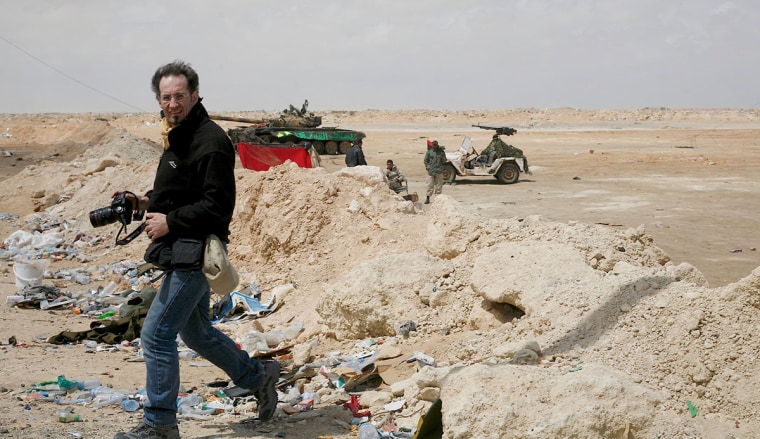
A little over a year ago, on April 5, 2011, South African photographer Anton Hammerl was killed in Libya, shot by forces loyal to Moammar Gadhafi during the fight for Brega, a key oil town on the coast. His body has still not been recovered.
It was initially reported that Hammerl was captured and was being held by the Libyan government along with fellow journalists James Foley, Manu Brabo and Clare Morgana Gillis, who witnessed the shooting but weren’t able to report his death for 44 days while they were held captive.
Foley and Gillis, who have both returned to Libya in search of his remains, believe they have traced his body in a mass grave, though it has not been positively identified or returned to his family. Due to the current chaos surrounding the current Libyan government and the tens of thousands still missing, getting DNA testing is complicated, but they hope that, with the support of the South African government, they will prevail and bring his body home.
As a freelance photographer, Hammerl didn’t have the support of a publication behind him and didn’t have a life insurance policy. He leaves behind his wife, Penny Sukhraj, and three children, Aurora, 11, Neo, 8, and baby Hiro, 1.
To help the family, a group of international journalists have organized a silent auction of contemporary photojournalism prints to be held at Christie’s on May 15 in New York City. It is the first sale at Christie’s to feature contemporary photojournalism exclusively.
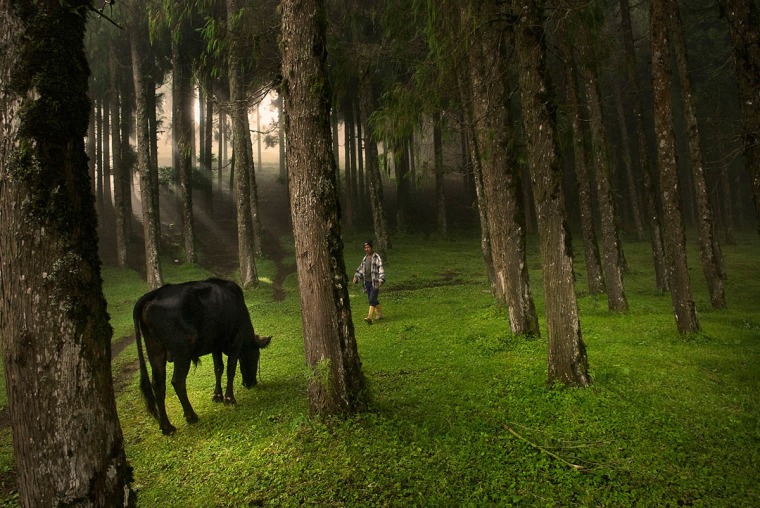
Several lots of limited-edition, signed prints by some of the world’s leading photographers, such as Platon, David Hume Kennerly, David Alan Harvey, Bruce Davidson and Sebastião Salgado, will be offered. Some of the prints, which can be viewed online ahead of the auction, come with additional donations, such as a book or a meeting with the photographer. New York Times photographer Fred Conrad is auctioning off a portrait sitting along with a print.
Foley and Gillis helped organize the auction with the support of photojournalist David Brabyn based on an idea from Peter Bouckaert of Human Rights Watch. “Anton’s death, unlike Tim (Hetherington) and Chris (Hondros), leaves behind two young children,” Bouckaert wrote on Facebook. “I am wondering if we can’t organize a common print auction where various photographers donate a favorite print.”
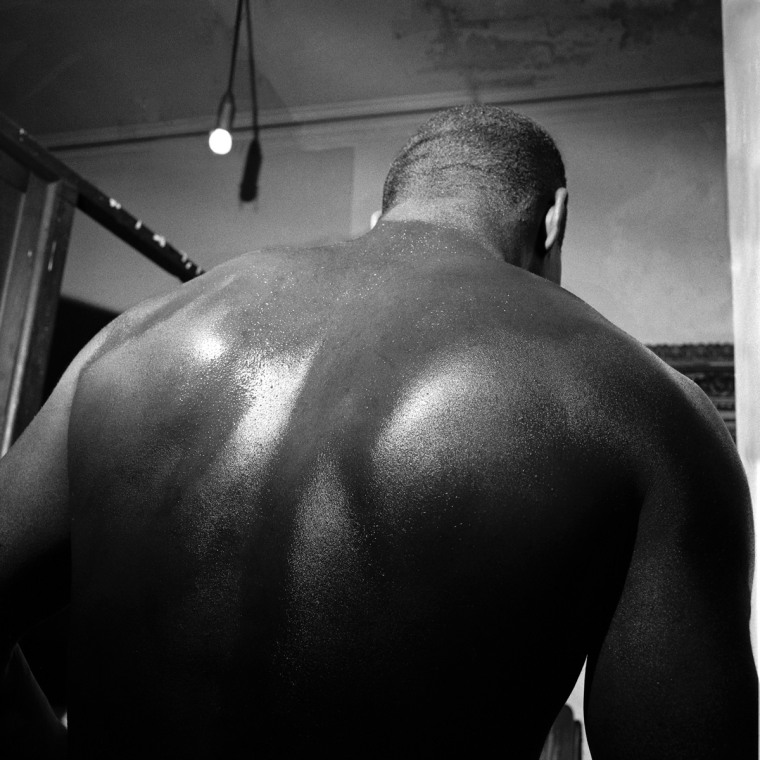
With the help of Brabyn, they solicited photographers and built a website. But, deciding that wasn’t enough, they decided to approach a top auction house, eventually gaining the support of Christie’s auctioneer and senior vice president Lydia Fenet. CNN correspondent Christiane Amanpour will host the event and Hammerl’s widow will be in attendance. Those who cannot attend can submit an absentee bid or place a telephone bid. Additionally, there are ways to adopt a print, become a sponsor or make a donation.
In addition to providing support for his family, the organization hopes to raise awareness about the dangers facing an increasing number of freelance journalists who work in perilous situations without the backing of a major news organization.
Economic pressures and changes in the media landscape in recent years have resulted in fewer staff positions and an increase in journalists going it alone. In addition, assignments in areas of conflict have become more dangerous, in part due to increased anger at Western nations. The Newseum lists 70 journalists that lost their lives in 2011, and so far this year 21 more have died. According to the New York-based Committee to Protect Journalists, 179 journalists were detained in 2011, a 20 percent increase over 2010 and the highest level since 1990. Hammerl’s name, along with 69 other journalists killed in 2011, will be added to the Journalists Memorial at the Newseum in Washington, D.C., during a ceremony on Monday, May 14.
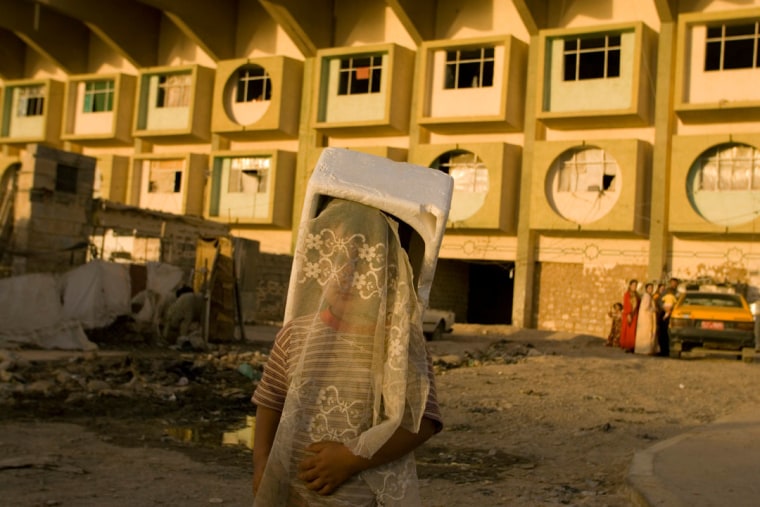
Some of the photographers who donated prints spoke to msnbc.com about why they donated and described the dangers journalists have been facing in recent years.
Ed Kashi , a New York-based freelance photographer and filmmaker represented by the VII Photo Agency, covers social and political issues and often works in hazardous locations. Winner of numerous awards and exhibited worldwide, Kashi has also produced seven books.
Kashi says his print donation is a “reflection of his support for the brotherhood/sisterhood of the people who do this kind of work” and an acknowledgement of how much more dangerous it has become. “Just today (May 4, 2012), three journalists were killed in Mexico,” he said. He ascribes the growing toll in part to warfare where there is no front line and therefore no protection offered by being with one side or the other, In addition, he says, there is a growing perception, particularly in Muslim countries, that Western journalists are not neutral actors, thus creating a more treacherous and unpredictable atmosphere.
Rather than working on spec, Kashi is often on assignment for publications such as National Geographic, which, he says, offers a journalist more security in the sense that it strengthens their “network of communication” should something happen. He says, though, that being willing to take risks is the “nature of the beast,” whether on assignment for a publication or not.
For journalists who want to work on these kinds of stories, Kashi offers some advice: Build a strong network and line of communication. Set a specific time period to check in and communicate if you’re going to be delayed. Take a rigorous set of precautions, have a plan to get out and listen to your fixers and other people you are working with locally.
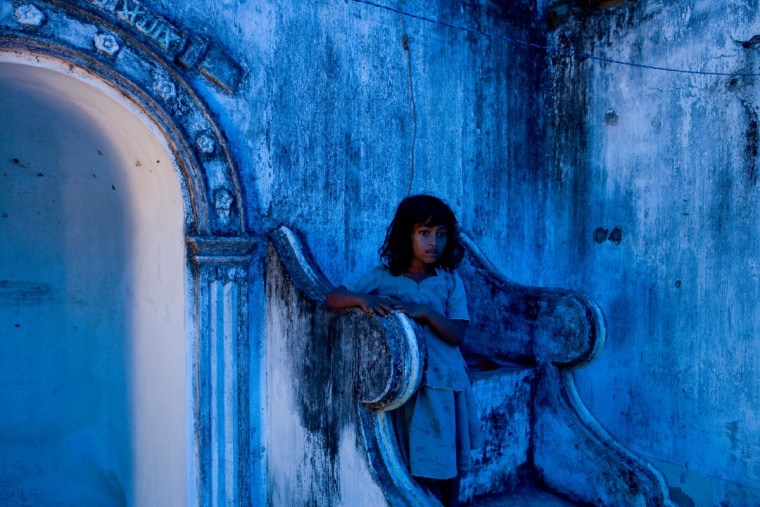
Ron Haviv , a New York-based freelancer and co-founder of the VII Photo Agency, has made a career covering conflict and humanitarian crises around the world. He has been on assignment for such publications as Fortune, The New Yorker, Paris Match and Time magazine, and has published books on Haiti, Afghanistan and the Balkans.
Though Haviv never met Hammerl, he says he has been touched personally and professionally by his death and the increasing dangers journalists have been facing, describing the “powerful bond” among those who put their lives at risk. Competition, he says, isn’t as important as getting the story out, and often they share food, logistics, and information.
Haviv says that since the War on Terror began after 9/11, journalists’ deaths and injuries have been “eye-opening events for those more established photographers” like himself. The deaths of Anton Hammerl, Tim Hetherington, Chris Hondros, Remi Ochlik, Marie Colvin and Anthony Shadid in the last year also have created a new problem: Editors have pulled back coverage and have been reluctant to put photojournalists on assignment where they would become responsible for their safety.
Though Haviv hasn’t stopped covering conflicts, recent events have made him more thoughtful about his methods. Early in his career he took a more “haphazard” approach, but is now planning on taking a refresher class in trauma first aid, among other precautions. Despite having covered the Balkan wars, where over 50 journalists were killed from 1991-1995, Haviv says the evolving dangers facing journalists today have taken things to a “whole new level.”
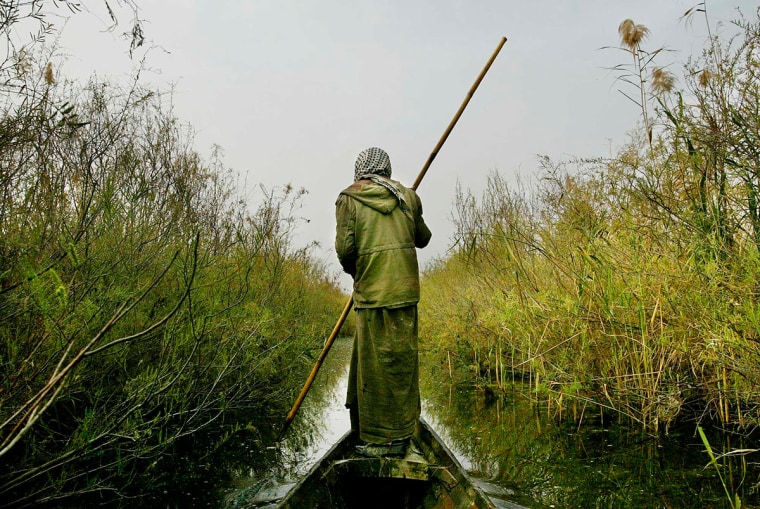
Joao Silva , has been covering conflict since the violent uprising in South Africa in the 1990s as part of what is known as the “Bang Bang Club.” He met Hammerl during this time while they were both working at The Star, one of the most prestigious daily newspapers in South Africa.
Silva was nearly killed in 2010 and lost both his legs when he stepped on a mine while accompanying soldiers on patrol in Afghanistan. “We’ve taken a big hit,” he says of the conflict photographers’ community, but he doesn’t think they should stop covering the stories. “We are the messenger,” he said. “If we’re not there, who will be?
“We have a responsibility as journalists to be there. We have a role and a responsibility to society.”
Silva was injured while on contract for The New York Times, but was not covered as a staff member. Soon after, though, the Times put him on staff and fought to keep him in the military hospital system, where he was cared for at the Walter Reed Army Medical Center in Bethesda, Md. “I was one of the lucky ones,” he says, “but Anton was a freelancer, and he didn’t have that support.”
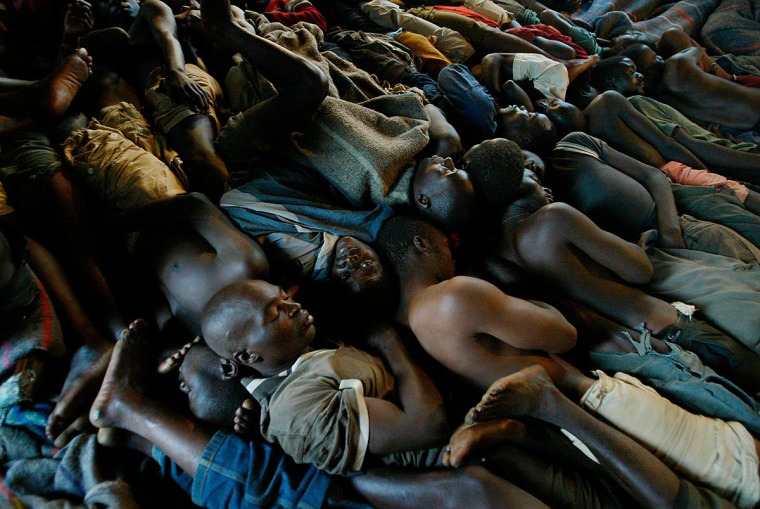
Silva hopes the auction will raise a lot of money. He donated two prints; one was taken in 2004 in Iraq and is one of the more peaceful images he made covering the conflict. It shows how Marsh Arabs reclaimed their way of life after Saddam Hussein was toppled from power. The other is from a Malawian prison in 2005 and depicts inhumane conditions. Silva said the scene reminded him of stories of the conditions aboard slave ships. Read Silva’s talk at the Bronx Documentary Center about his experience.
Donate or find out more about the auction at FriendsofAnton.org